Michael Mazur
b. 1935 New York, NY – d. 2009 Boston, MA


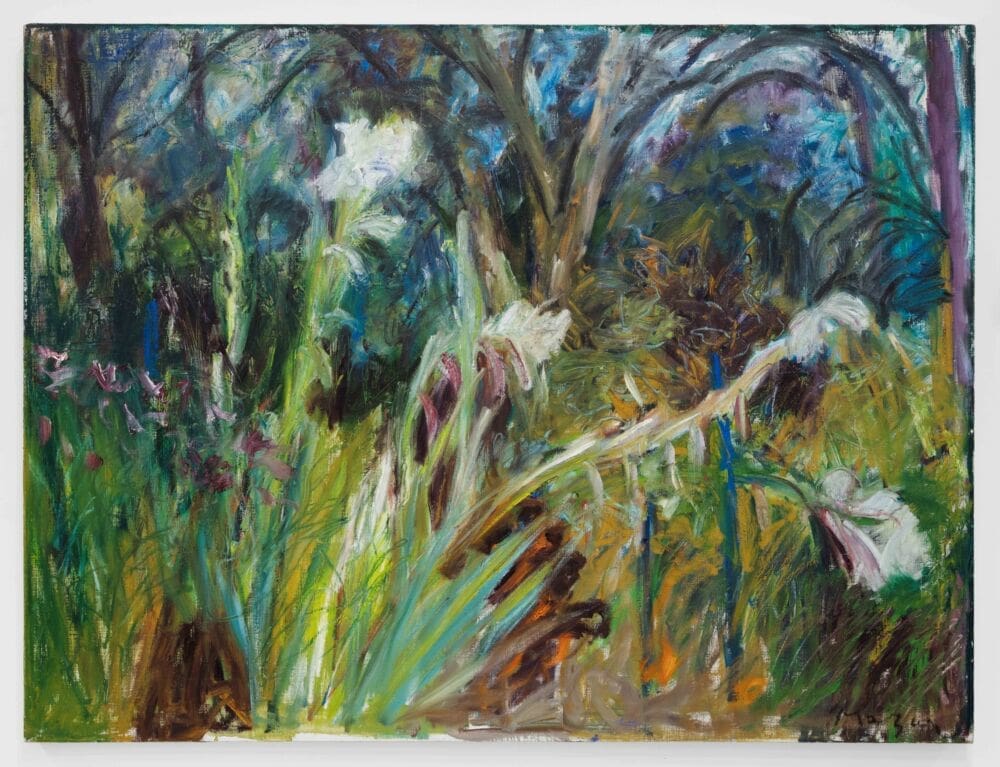
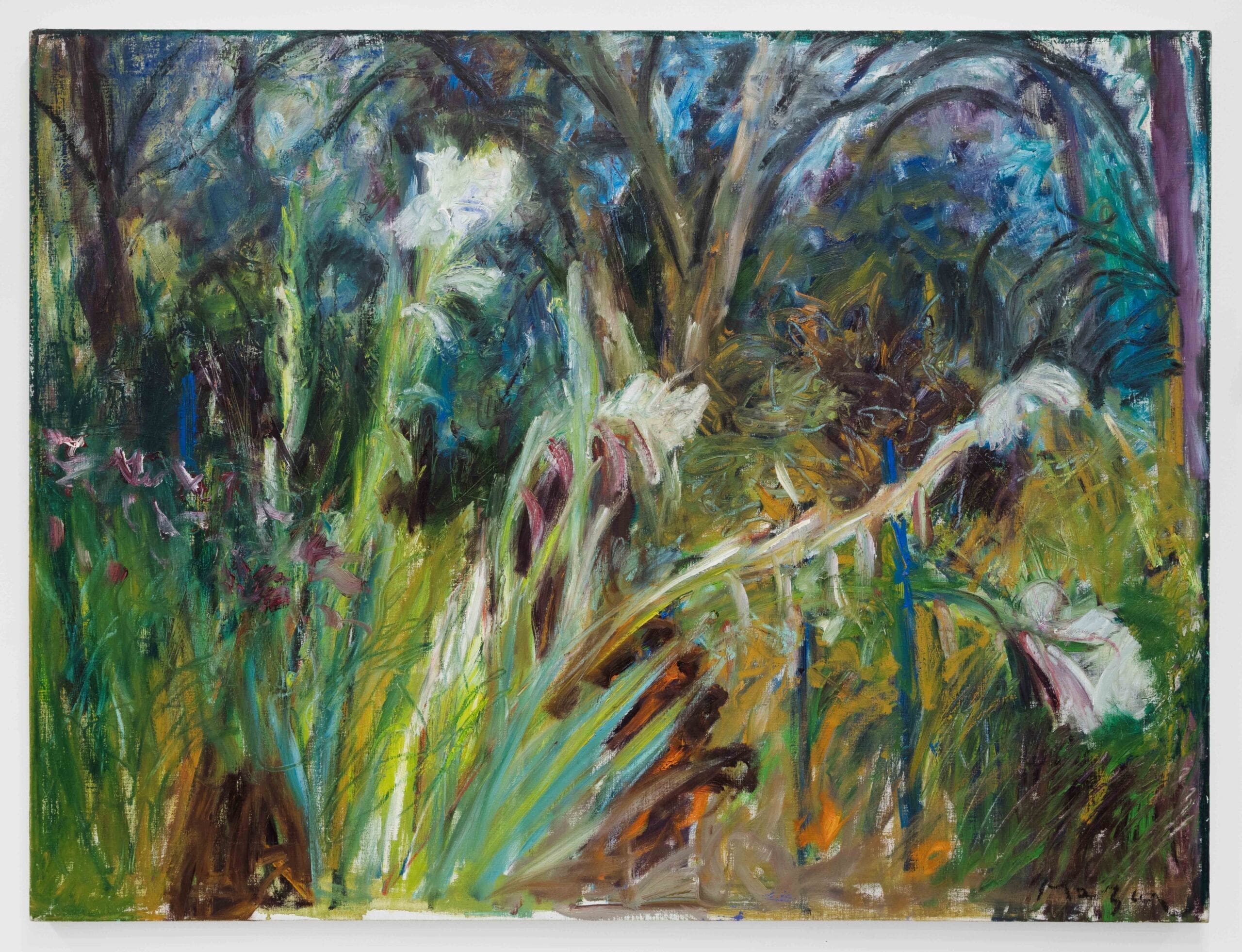
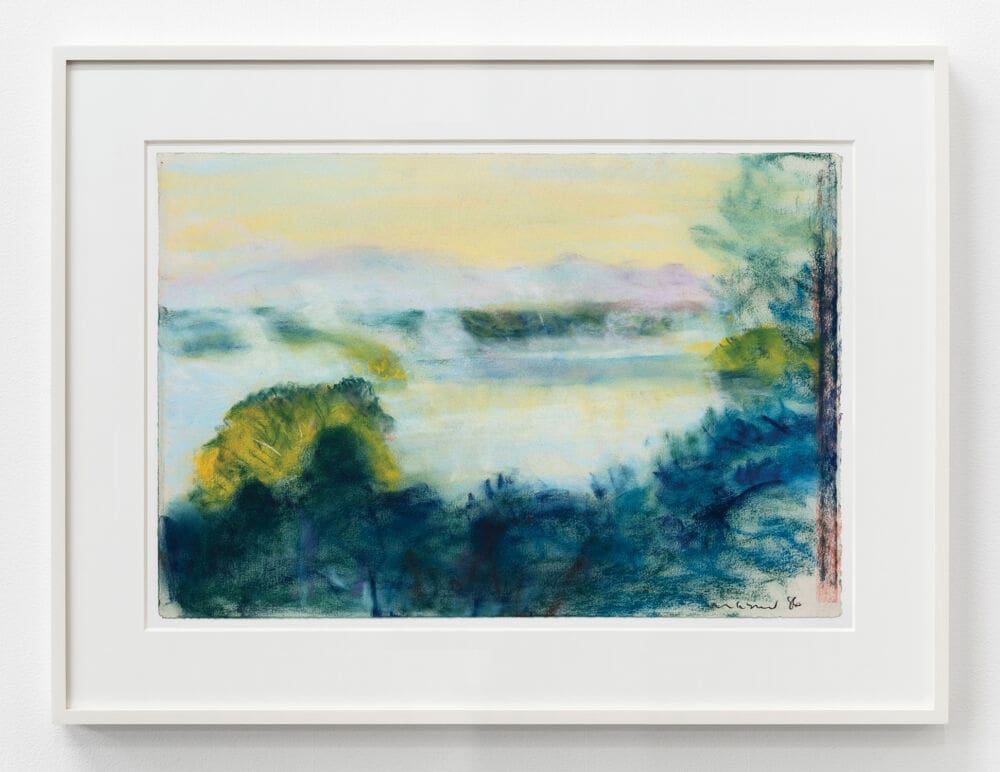

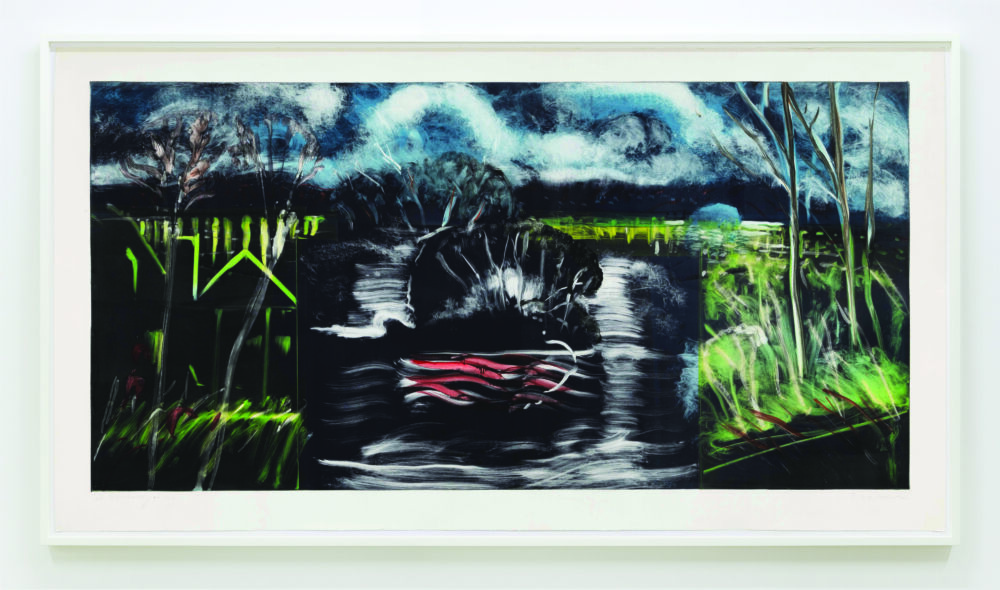

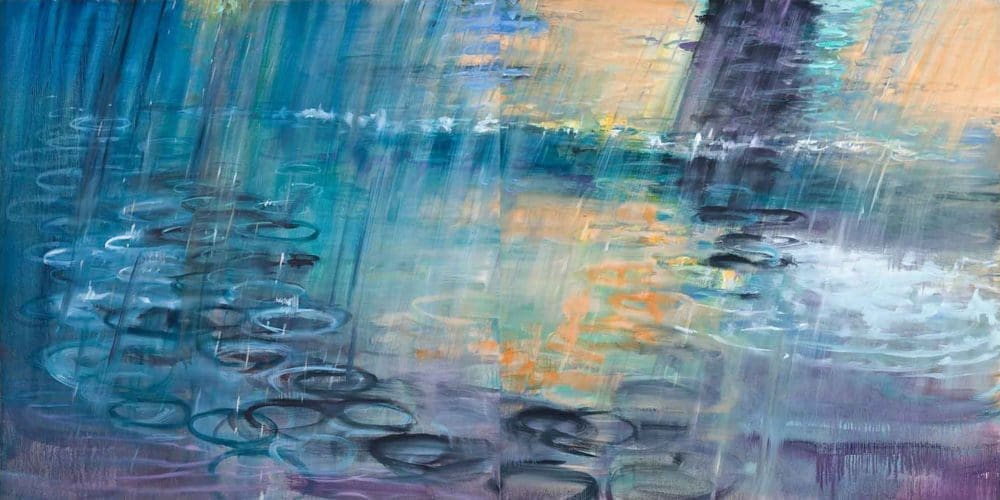

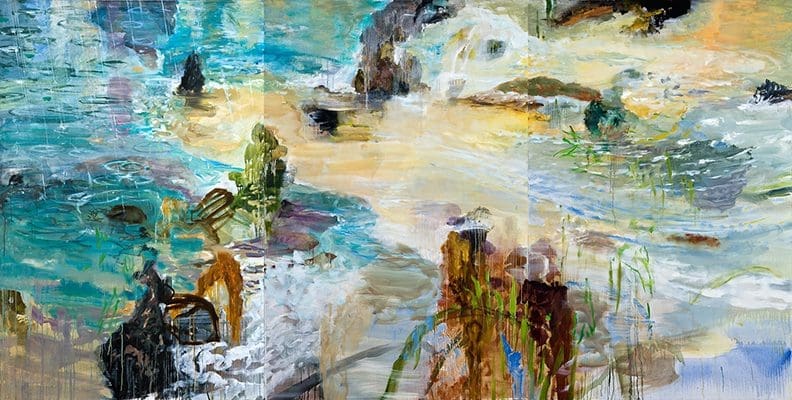

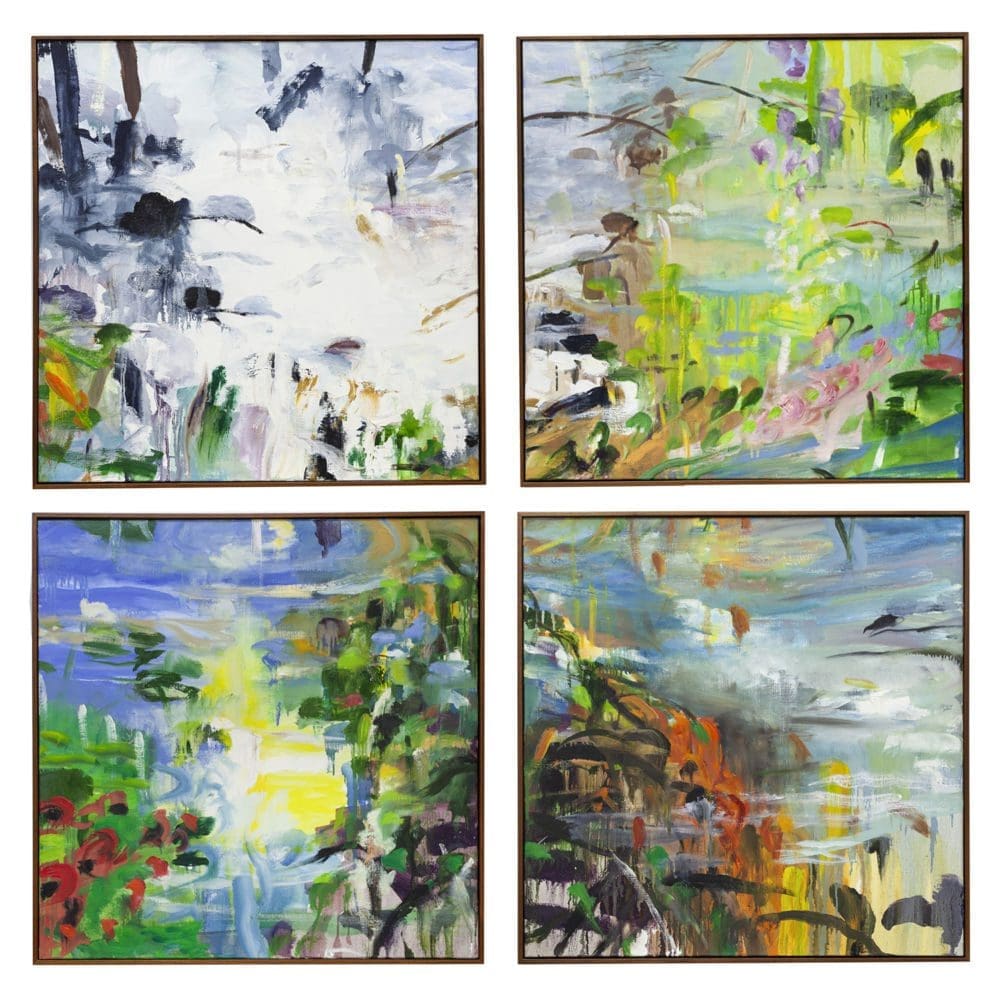
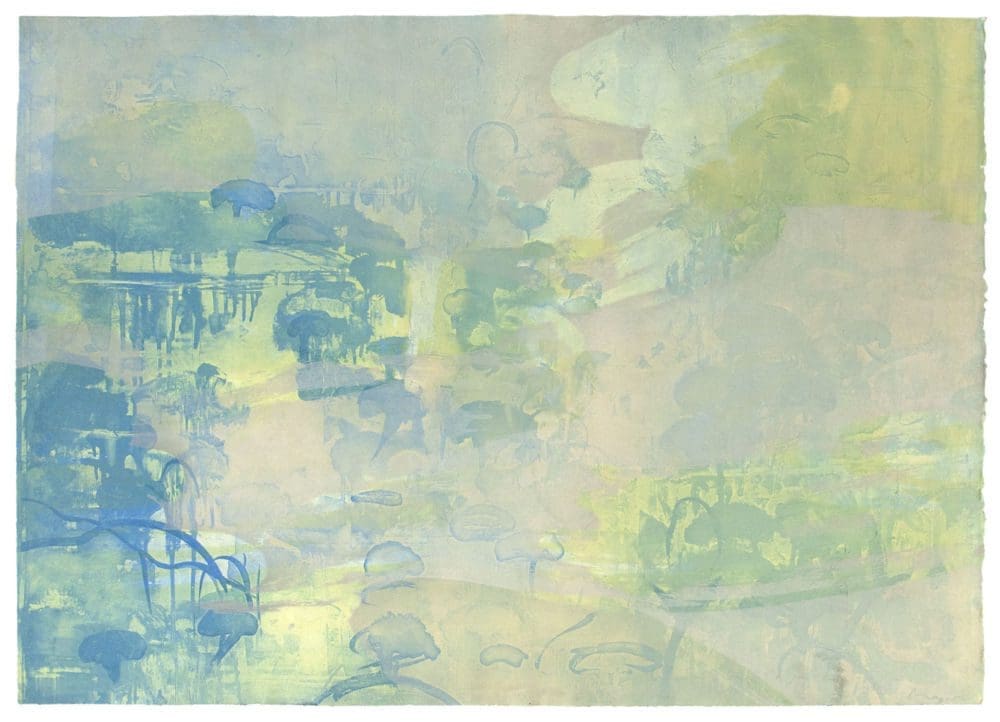
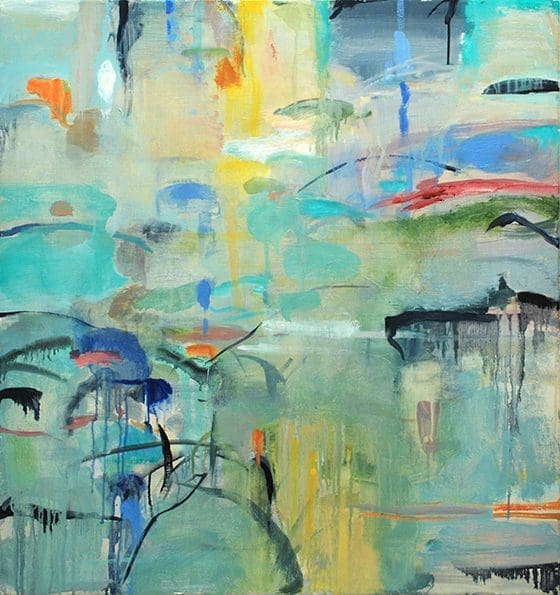


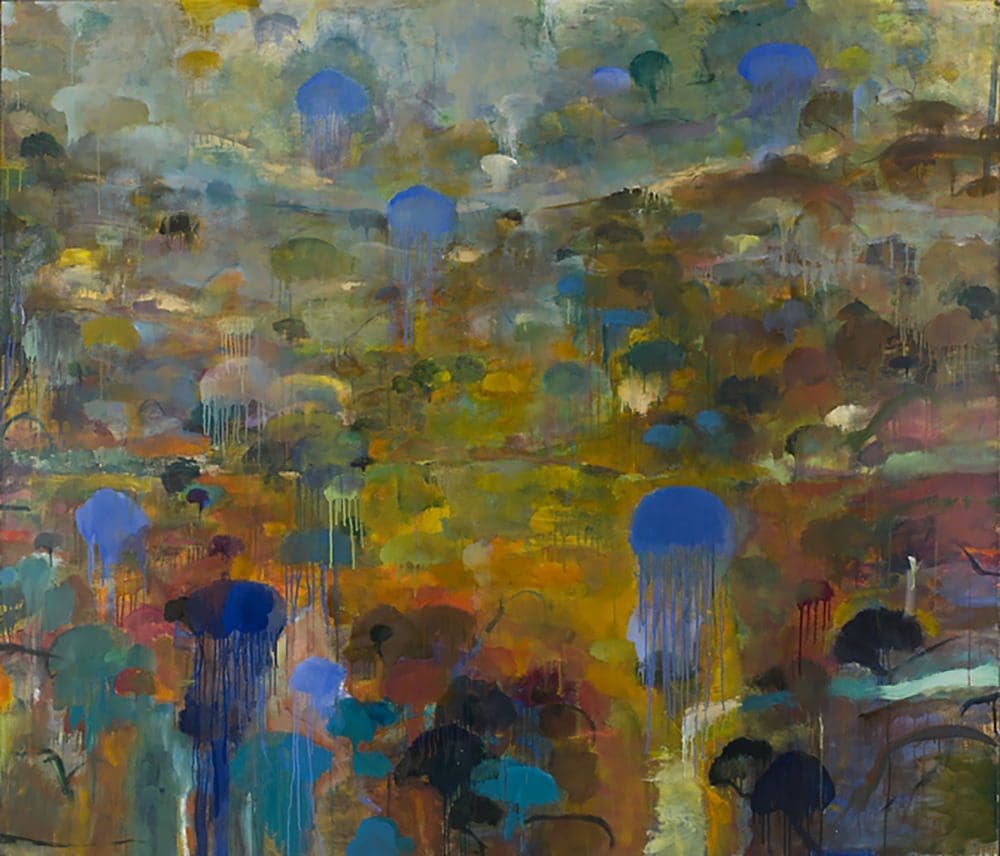
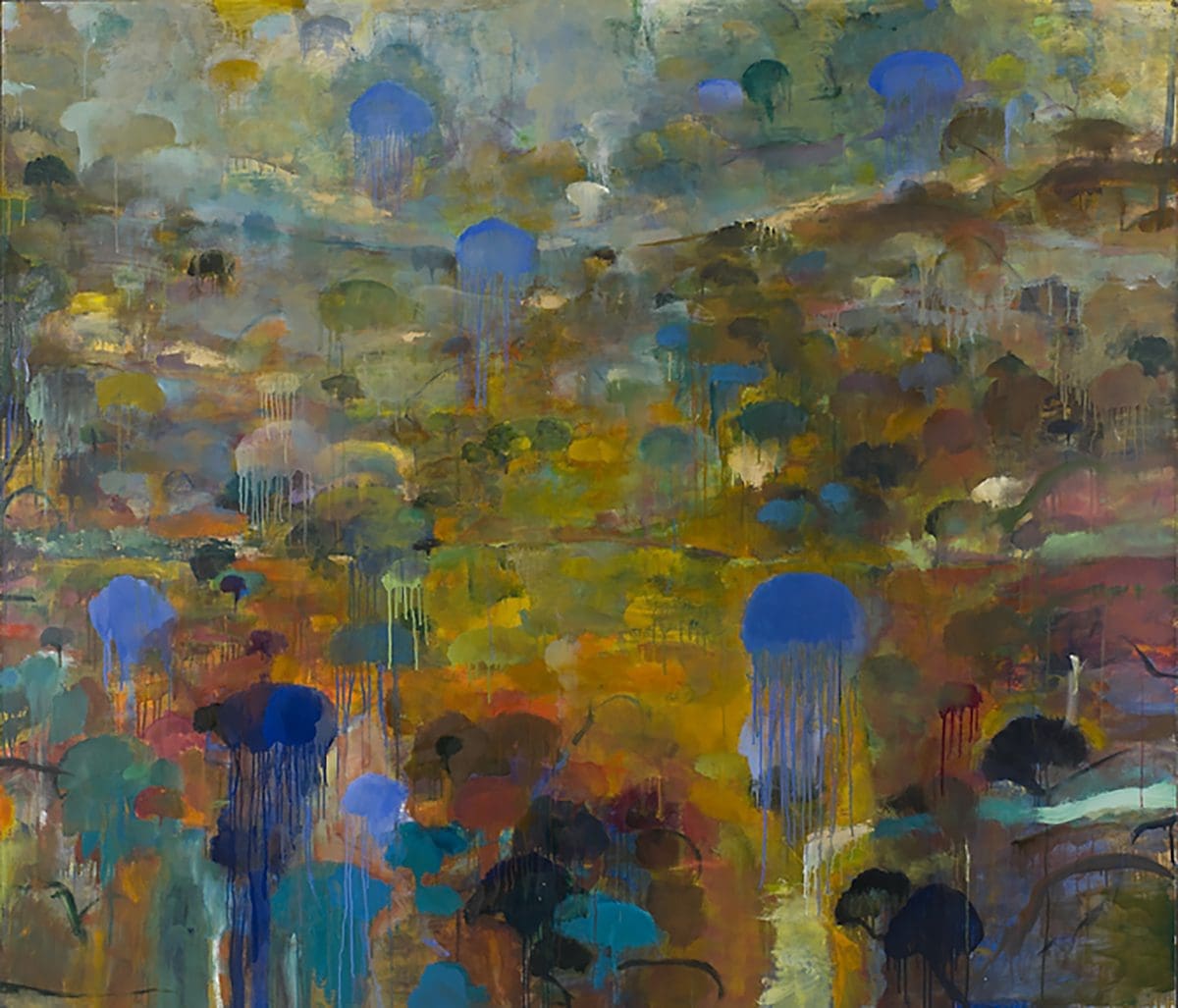
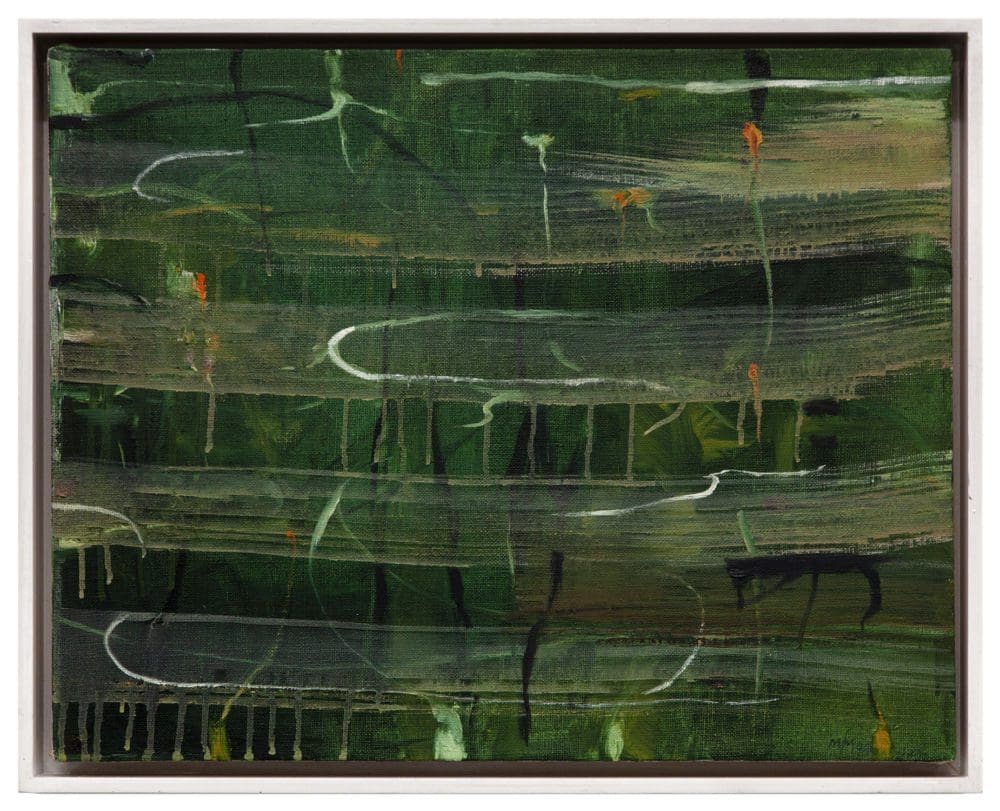
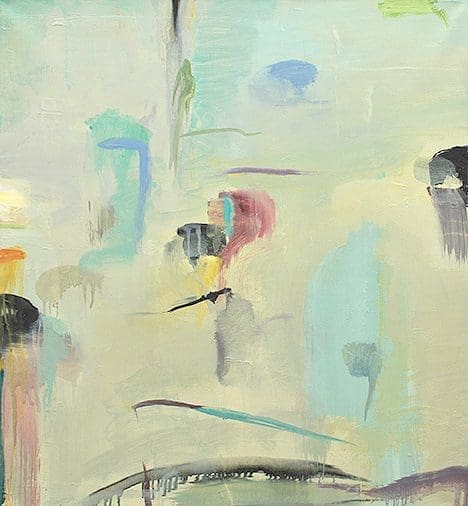

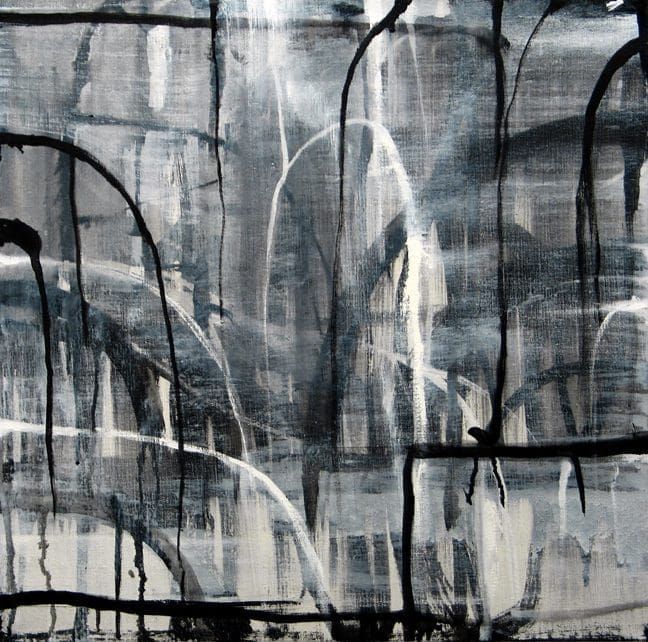
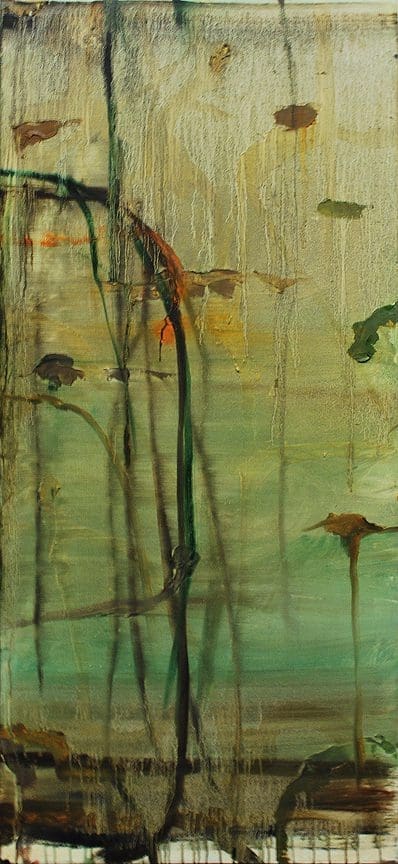
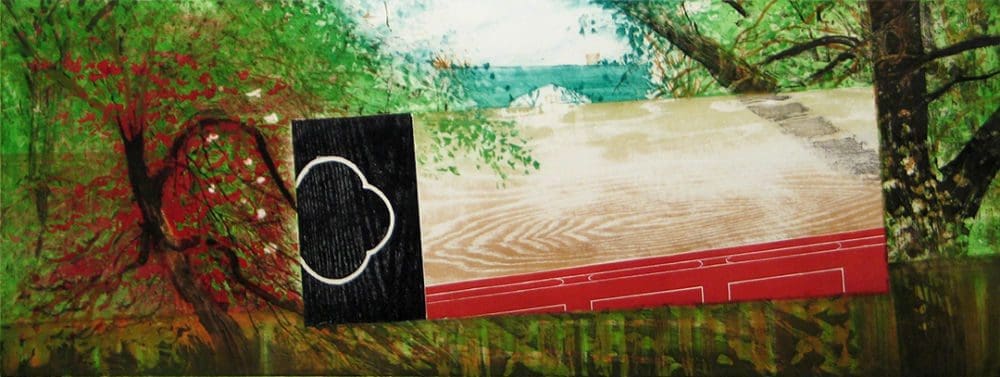

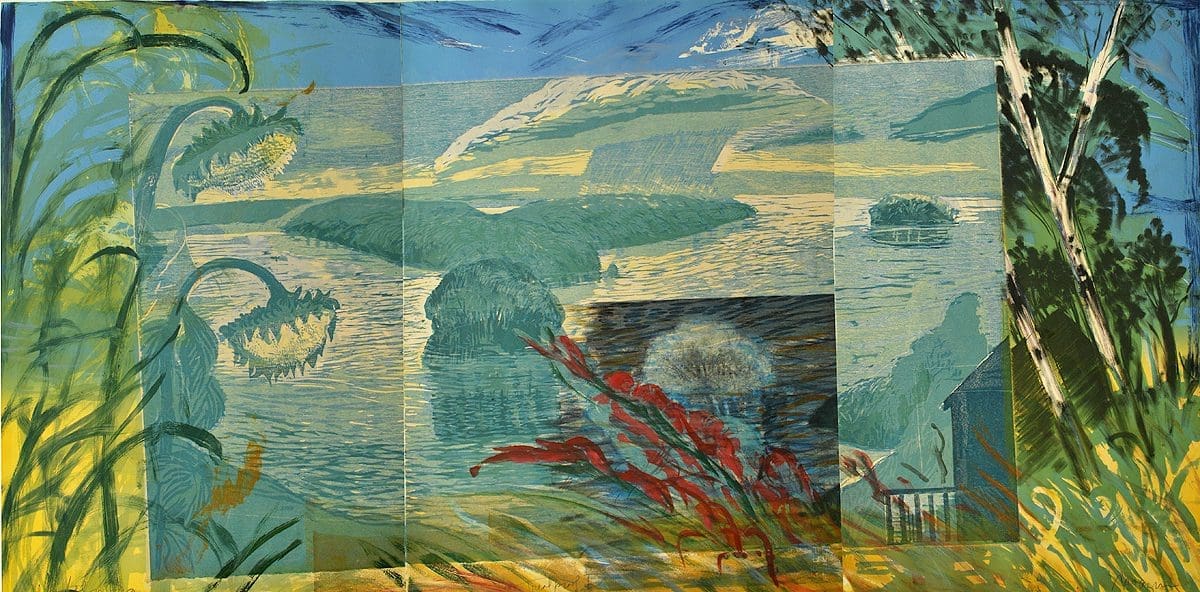


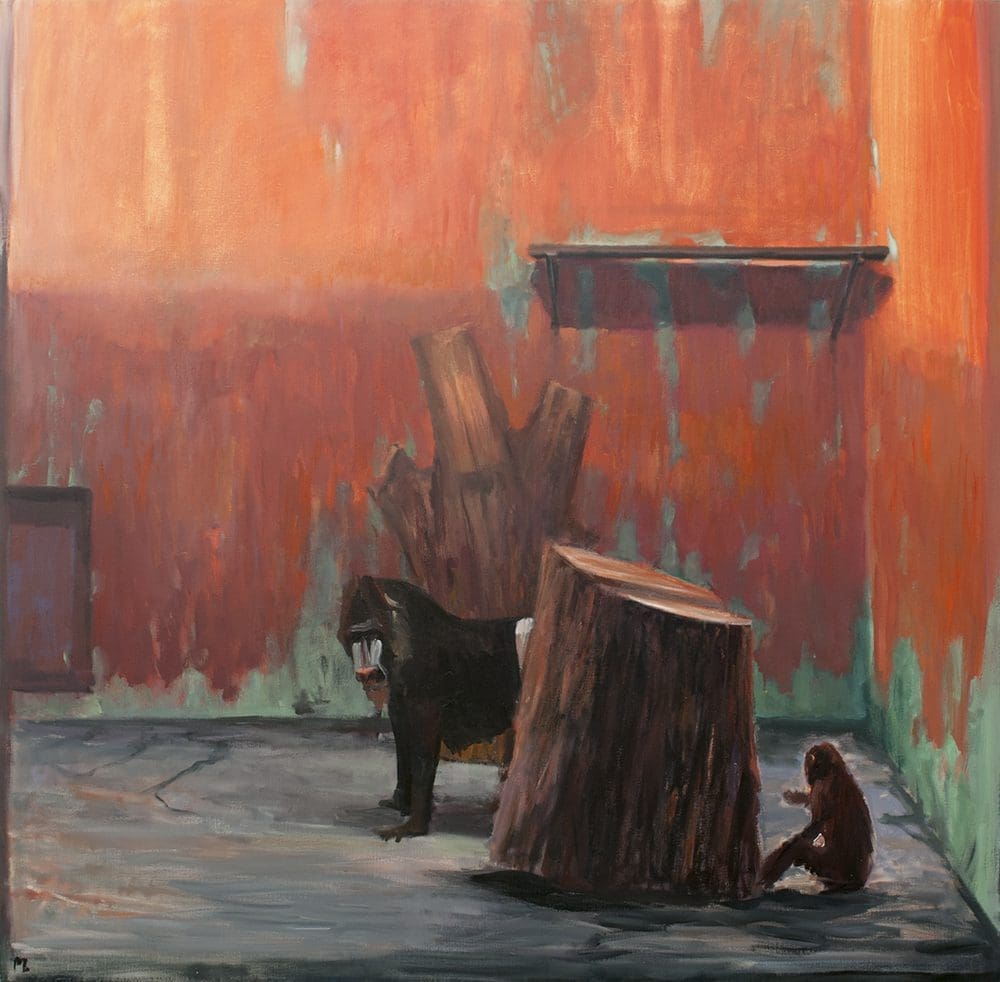

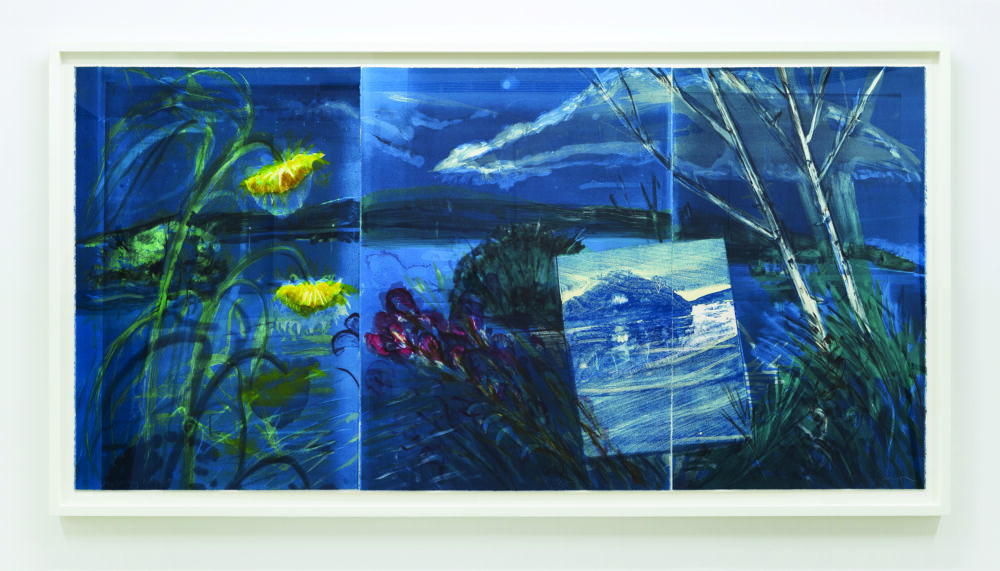
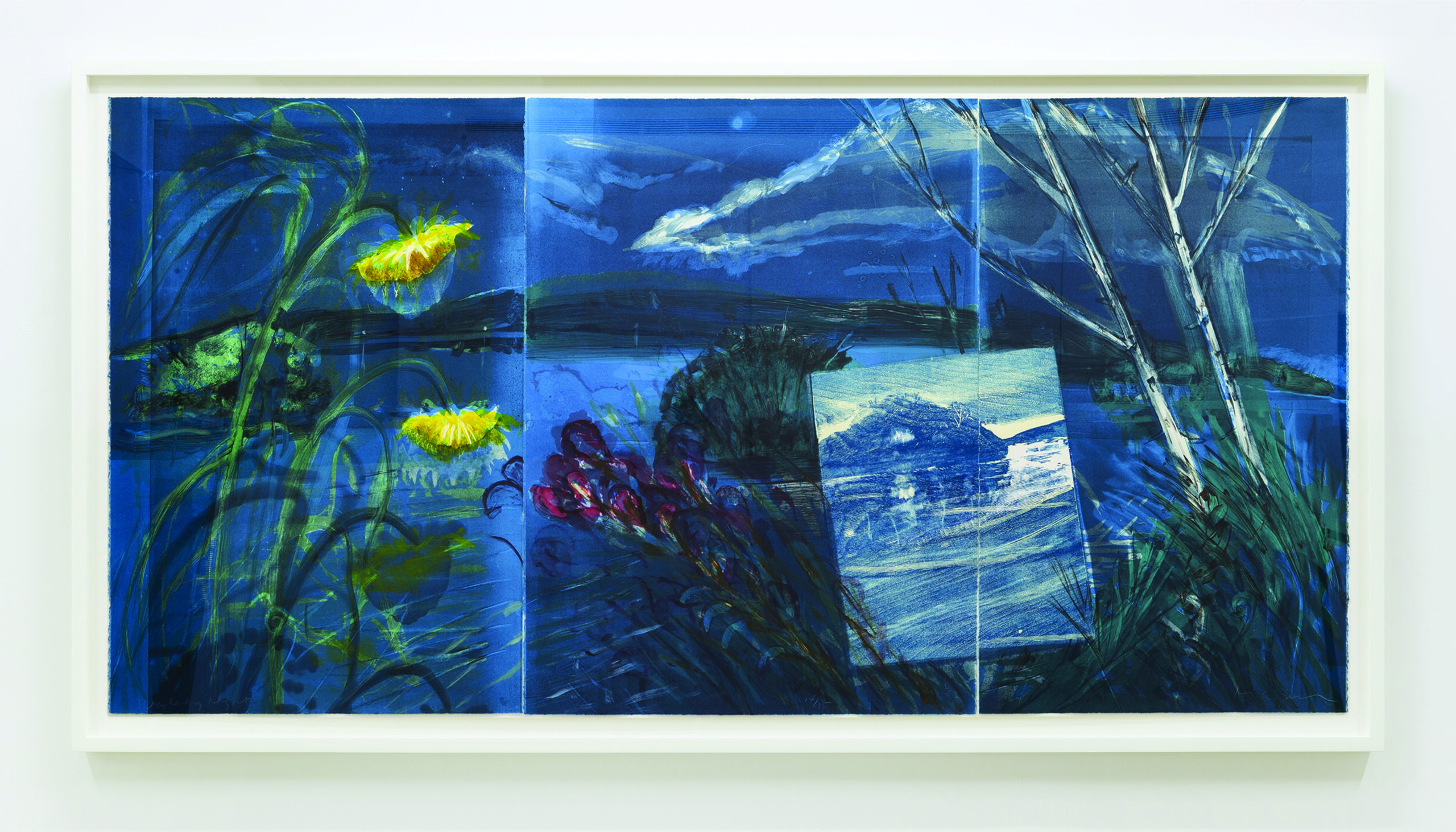


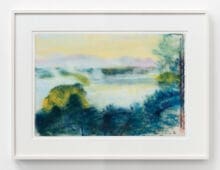


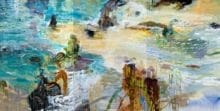
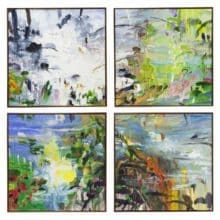



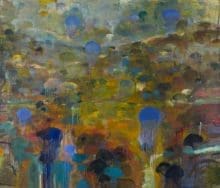

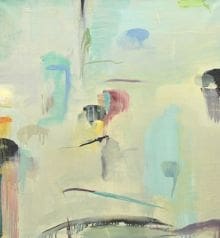
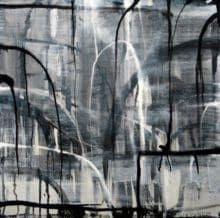
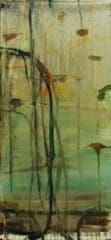


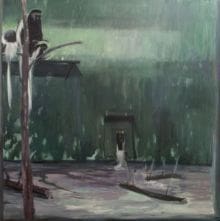


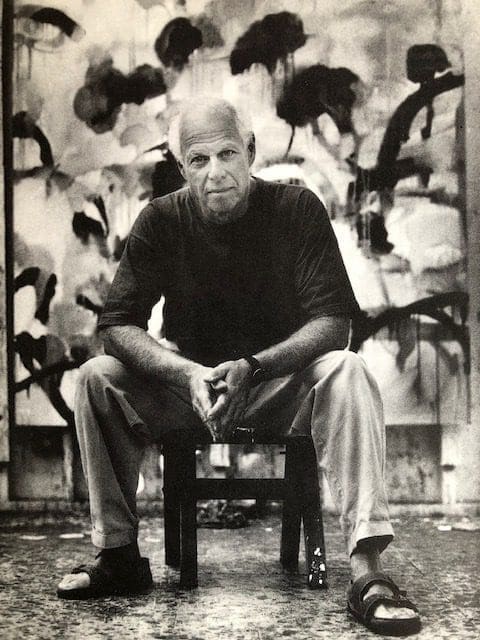
BIOGRAPHY
Michael Mazur (b. 1935 New York, NY - d. 2009 Cambridge, MA) found his beginnings as an artist at the height of New York City’s art scene in the 1950s and 1960s. Mazur is known for his use of abstract and figurative visual vocabulary across a wide range of media, including painting, drawing, pastels and printmaking. Influenced by elements of Impressionist art, abstract expressionism and traditional Chinese landscape scroll painting, Mazur uniquely combines aspects of several periods of art history separated by nearly seven centuries to create lush and luminous work.
Mazur’s career is marked by an inventive use of various media and a wide range of thematic interests. His oeuvre alternates between psychological portraits, celebrations of nature, and political engagement, among other things. “I was very much an antiwar activist” Mazur once remarked. “I designed a large anti-Vietnam War installation piece, The American Way Roomy, a collaboration with Fred Stone, and some other friends. Martin Luther King was killed the day The American Way Room opened to the public in Boston, and in that trauma, racism and war seemed inevitable. So I helped to initiate an antiwar event—Artists against Racism and the War—with other writers and artists in Boston later that spring.”
Mazur’s sensitivity to activism and unrest—coupled with the turbulent decades of the 1960s and 1970s—made way for deeply psychological paintings of landscape and Mazur’s surroundings. His landmark print and painting series Wakeby Day/Wakeby Night—which culminated in some of the most important, large-scale monotypes in American art history—considers the landscape of Massachusetts’ Wakeby Pond through the prism of passing time and layers of a mysterious, unspoken history that is inherent to any natural landscapes. These works frequently feature oversized sunflowers, that almost mournfully look upon the pond alongside the viewer. These plants serve as stand-ins for figures, the lone witness of the passing of time. He continued his investigation of inner psychology and its projection upon the natural world with his 1979 work Incident at Walden Pond, where he depicts in his signature sun-dappled style a forest scene in which human figures appear visibly distressed. The source of this unease is never explicitly shown, but Mazur masterfully draws up a tension within his composition—reflective no doubt of wider social and internal unease. An important figure in the monotype medium’s twentieth century revival, Mazur spent much of his life from the late 1970s on teaching younger generations of artists the technical nuances of monotypes.
From the 1990s on, Mazur’s work became increasingly impressionistic in its highly personal and abstracted vision of the world. He became interested in Chinese landscape traditions, and these new influences had an important impact in the development of his later aesthetic style. “Calligraphy, Chinese painting, and the trip to China—all of these things connected at one point around 1992, and they changed the work.” Mazur explained. “It was almost as if I had started to teach myself to paint from scratch again, and the major change that occurred mentally was that I relaxed a great deal, that the paintings became full of promise, rather than a chore—and full of surprise, like the monotypes.”
Mazur’s early artistic training consisted of working as a studio assistant to painter Alan Ullman at his Greenwich Village studio, followed by an undergraduate education in the fine arts at Amherst College and subsequent travels to northern Italy. Mazur’s graduate-level studies at Yale University proved critical in defining his interest in figurative and nature-based subject matter. A devoted teacher, Mazur began his career as an educator at the Rhode Island School of Design, followed by a position as an assistant professor at Brandeis University. He quickly gained notoriety in the early 1960s, receiving a Louis Comfort Tiffany Foundation grant, John Simon Guggenheim Foundation award, and an American Academy of Arts and Letters fellowship in just two years. He was invited to represent the United States in the 1975 Venice Biennale, but declined to participate in protest of the country’s foreign policy.
His work has been included in several notable solo exhibitions, including the Boston Museum of Fine Arts’s 2006 exhibition, Michael Mazur: The Art of the Print, and the Zimmerli Art Museum’s 2000 exhibition Michael Mazur: A Print Retrospective, which traveled to the Museum of Fine Arts, MA; the Iris and B. Gerald Cantor Center for Visual Arts, Stanford University, CA; and the Minneapolis Institute of Art, MN. His work has further been included in solo and group exhibitions at the RISD Museum, RI (2022); deCordova Sculpture Park and Museum, MA (2021); Springfield Art Museum, MO (2021); Boston Museum of Fine Arts, MA (2020); Nagoya/Boston Museum of Fine Arts, Japan (2018); de Saisset Museum, Santa Clara University, CA (2017); Mead Art Museum, Amherst College, MA (2017); The Print Center, Philadelphia, PA (2015); and the International Print Center of New York, NY (2015), among others.
Mazur’s work is in numerous prominent museum collections, including the British Museum, UK; Cincinnati Art Museum, OH; Cleveland Museum of Art, OH; de Cordova Museum, MA; Currier Museum of Art, NH; Los Angeles County Museum of Art, CA; Art Institute of Chicago, IL; McNay Art Museum, TX; Metropolitan Museum of Art, NY; Museum of Fine Arts, Boston, MA; Museum of Modern Art, NY; Nelson-Atkins Museum of Art, MO; Philadelphia Museum of Art, PA; Rhode Island School of Design, RI; Smith College, MA; Smithsonian American Art Museum, Washington D.C.; University of Arizona Museum of Art, AZ; Whitney Museum of American Art, NY; Yale University Art Gallery, CT; and the Zimmerli Art Museum at Rutgers University, NJ, among others.
VIDEO
News
Publications


Michael Mazur and Dante: A Different Paradise
31 pages

Looking East, Brice Marden, Michael Mazur and Pat Steir
with contributions by John Stomberg and Catherine L. Blais
108 pages
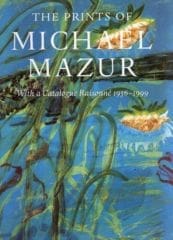
The Prints of Michael Mazur: With a Catalogue Raisonné 1956-1999
222 pages

Michael Mazur: l’Inferno di Dante
159 pages

Michael Mazur: Monotypes for The Inferno
28 pages